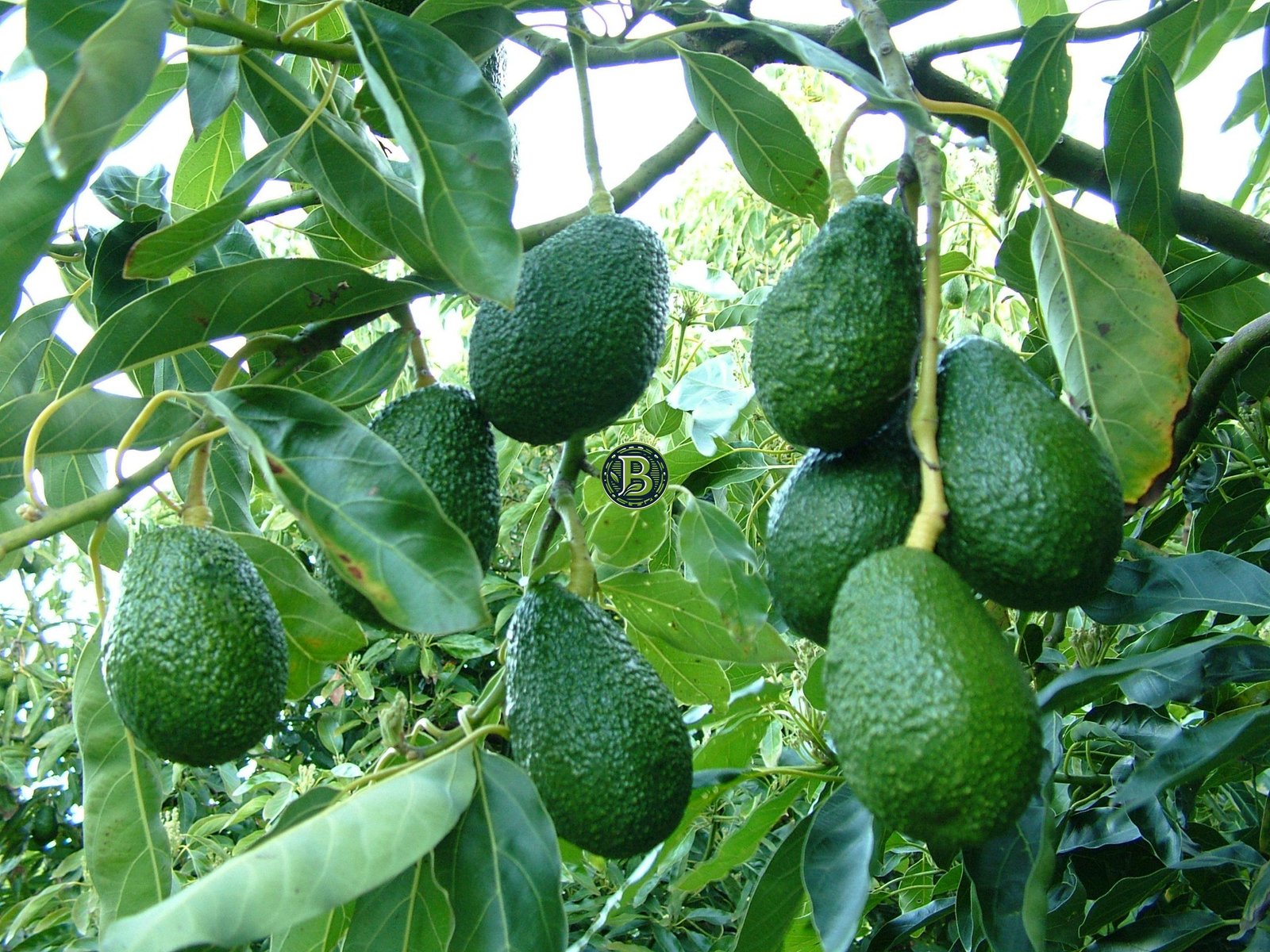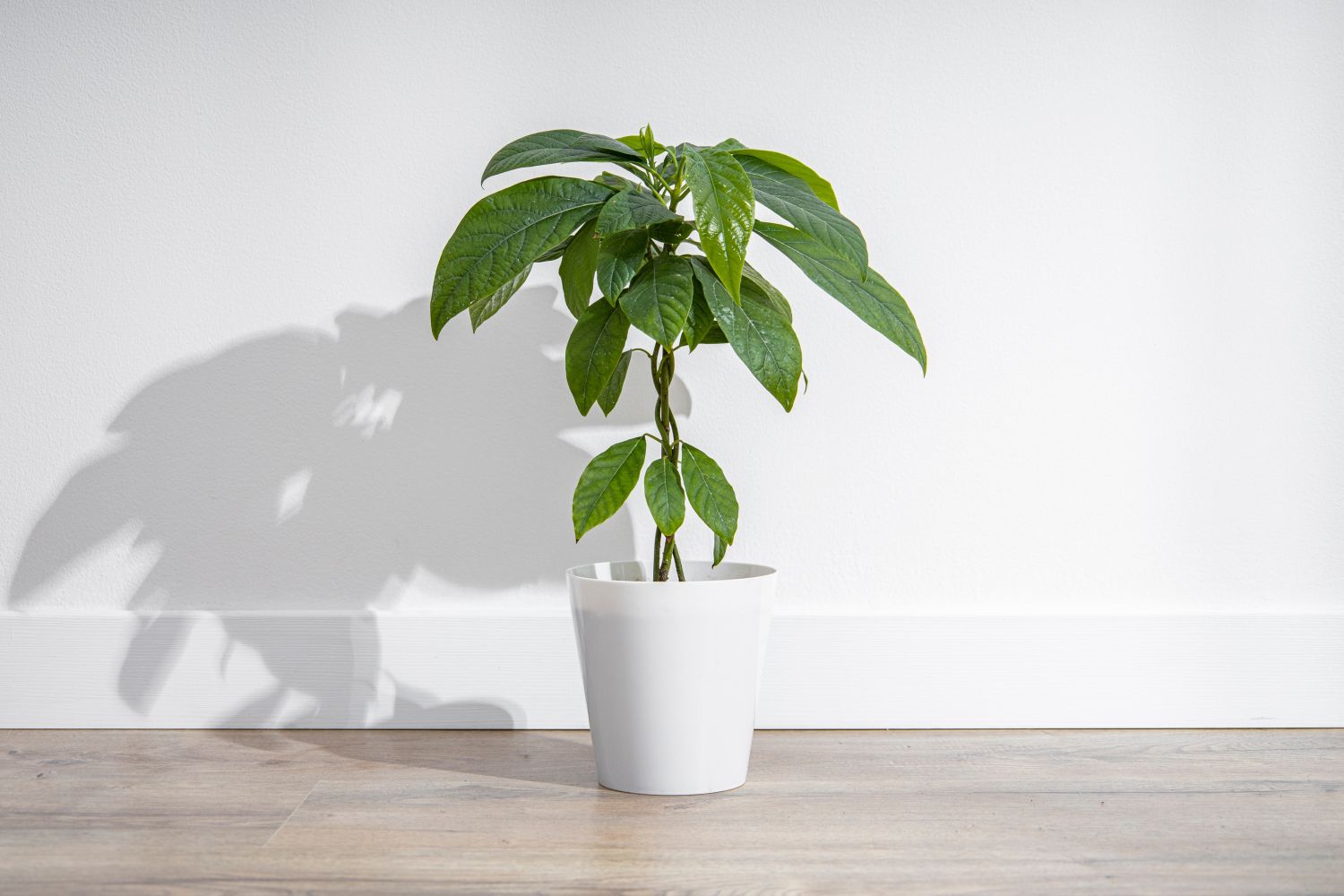Avocado plant in India has emerged as a lucrative horticultural crop, offering immense potential for farmers and entrepreneurs alike. With its adaptability to Indian climatic conditions and growing consumer demand, avocado cultivation presents a promising avenue for agricultural success. This comprehensive guide delves into the intricacies of growing avocado plants in India, providing valuable insights into cultivation practices, suitable varieties, and commercial production strategies.
As we explore the world of avocado cultivation in India, we will uncover the optimal growing conditions, including climate, soil, and sunlight requirements. We will also delve into the diverse range of avocado varieties available, their characteristics, and their adaptability to different regions within India. Furthermore, we will shed light on the best practices for orchard management, harvesting, and post-harvest handling, empowering you with the knowledge to maximize your avocado production.
Growing Conditions: Avocado Plant In India

Avocado trees thrive in warm, humid climates with well-drained soil. In India, they are best suited to the tropical and subtropical regions, such as the coastal areas of Maharashtra, Goa, Karnataka, and Kerala.
Climate
Avocado trees require a warm climate with temperatures ranging from 18 to 25 degrees Celsius. They are sensitive to frost and cold winds, so it is important to protect them from these conditions.
Soil
Avocado trees prefer well-drained, loamy soil with a pH between 6 and 7. The soil should be rich in organic matter and have good drainage.
Sunlight
Avocado trees require full sun to partial shade. They should receive at least 6 hours of direct sunlight per day.
Planting and Care
Avocado trees can be planted from seed or from grafted seedlings. If planting from seed, it is important to use a ripe avocado that has been removed from the tree. The seed should be planted in a pot filled with well-drained soil. The pot should be placed in a warm, sunny location.
Once the avocado tree has sprouted, it can be transplanted into the ground. The tree should be planted in a hole that is twice the width of the root ball and just as deep. The hole should be filled with well-drained soil and the tree should be watered deeply.
Avocado trees require regular watering, especially during the dry season. They should also be fertilized every few months with a balanced fertilizer.
Varieties and Cultivars

India is home to a wide range of avocado varieties, each with unique characteristics and adaptability to different regions. Understanding these varieties is crucial for successful avocado cultivation in the country.
The most commonly cultivated avocado varieties in India include:
Hass
- Highly popular variety known for its dark, pebbly skin and creamy, rich flavor.
- Produces large, pear-shaped fruits with a high oil content.
- Well-suited to subtropical climates with moderate temperatures.
Fuerte
- Another popular variety with green, smooth skin and a buttery texture.
- Produces medium-sized, oval-shaped fruits with a good yield potential.
- Tolerant to a wider range of climatic conditions compared to Hass.
Bacon
- A smaller variety with thin, smooth skin and a nutty flavor.
- Produces small, round fruits with a high oil content.
- Well-suited to tropical climates and can withstand high temperatures.
Pinkerton, Avocado plant in india
- A large variety with green, slightly bumpy skin and a creamy, mild flavor.
- Produces large, oval-shaped fruits with a good yield potential.
- Tolerant to both subtropical and tropical climates.
Reed
- A smaller variety with green, smooth skin and a creamy texture.
- Produces small, round fruits with a high oil content.
- Well-suited to tropical climates and can tolerate high humidity.
Commercial Production

The commercial cultivation of avocado plants in India has gained significant momentum in recent years. Driven by increasing domestic demand and export opportunities, farmers are adopting best practices to enhance productivity and quality.
Orchard management involves careful selection of rootstocks and scion varieties, proper spacing and planting techniques, and regular pruning to maintain tree health and vigor. Irrigation is essential, especially during dry periods, to ensure optimal fruit development.
Harvesting and Post-Harvest Handling
Avocado harvesting typically occurs when the fruits reach maturity, as indicated by changes in skin color and firmness. Careful handling is crucial to prevent bruising and damage during harvest and transportation.
Post-harvest handling includes grading, sorting, and packing the avocados based on size, quality, and maturity. Controlled atmosphere storage is employed to extend shelf life and maintain fruit quality.
Market Trends and Export Opportunities
The Indian avocado market is witnessing a surge in demand, driven by rising health consciousness and the popularity of avocado-based dishes. This has led to increased production and investment in the sector.
Export opportunities are also expanding, with India exporting avocados to markets in the Middle East, Europe, and Southeast Asia. The favorable climate and cost-effective production practices in India make it a competitive player in the global avocado market.
